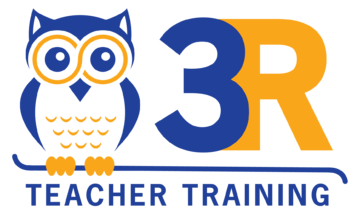In the realm of mathematics education, few systems have gained as much international acclaim as Singapore's. Touted for its consistent top-ranking performance in global math assessments, the Singapore Math approach offers a distinct methodology that places emphasis on deep understanding and problem-solving skills. But can this methodology be implemented successfully in U.S. kindergartens? Let's explore.
Singapore's success in mathematics education didn't happen overnight. The approach, commonly called “Singapore Math,” centers on a few foundational principles. At its core lies the Concrete-Pictorial-Abstract (CPA) progression. This means students first encounter new mathematical concepts in tangible, concrete forms, then represent these ideas with pictures before finally using abstract symbols and notation. This step-by-step progression ensures a deep, foundational understanding of math concepts.
Moreover, instead of racing to cover a myriad of topics superficially, Singapore Math stresses mastery. This deep dive into fewer topics ensures that students truly grasp a concept before moving on to the next. The emphasis is not on rote memorization but on problem-solving and critical thinking, a skill much needed for the 21st century.
Kindergarten is a crucial phase in a child's development, especially in their relationship with learning and critical thinking. The Singapore Math approach shines in this setting. With its hands-on learning and visualization techniques, young learners can see and touch mathematical concepts, making abstract ideas more tangible.
Storytelling plays a significant role. Math is not presented as a standalone subject but interwoven with real-world contexts and stories, making it relatable and engaging for young minds. Through stories, kids aren't just learning numbers; they're solving problems, building logic, and connecting the dots.
However, translating this success to U.S. kindergartens is not without its challenges. Current U.S. approaches often rush through topics, prioritizing quantity over quality. The result? A shaky foundation, where concepts are memorized but not understood. Furthermore, there's a prevalent mindset that math is a talent, not a skill that can be nurtured. This misconception can hinder the adoption of effective teaching methodologies like that of Singapore. The beauty of the Singaporean approach is its adaptability. By introducing the CPA progression and emphasizing mastery over memorization, U.S. educators can ensure that young learners build a strong foundation in math.
Bar modeling, a visual representation tool central to the Singapore method, can also be a game-changer in American classrooms. By breaking down problems into visual components, students can better understand and tackle complex problems, making math less intimidating. Adopting Singapore's methodology in U.S. kindergartens could revolutionize how math is perceived and taught. By emphasizing understanding and problem-solving, we're not just teaching math but nurturing future scientists, engineers, economists, and thinkers.
In conclusion, while cultural and educational contexts differ, the essence of math remains universal. It's high time U.S. kindergartens move beyond numbers and nurture problem-solvers using proven methodologies like that of Singapore. Our children's future and, in essence, our nation depends on it. If you are interested in learning more about the method Singapore has developed, Dr. Yeap Ban Har is “Royalty” when it comes to Singapore Math. 3RTeachertraining.com offers many online courses and school visits for professional development in this area. Please contact Drs. Amy & Bill for additional information.

